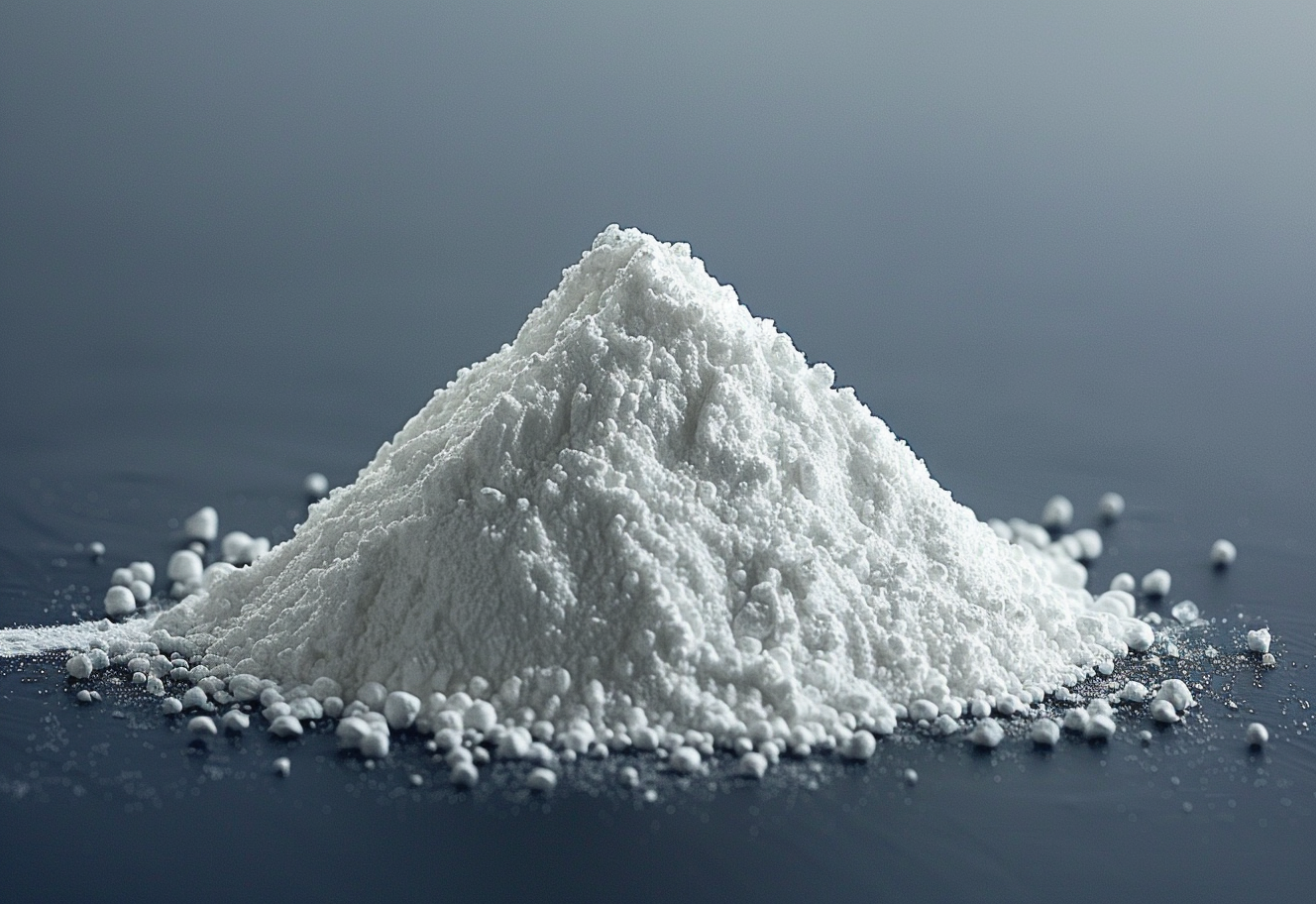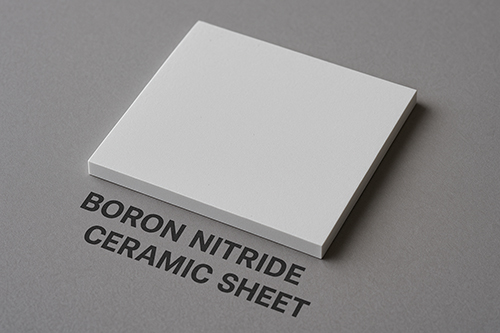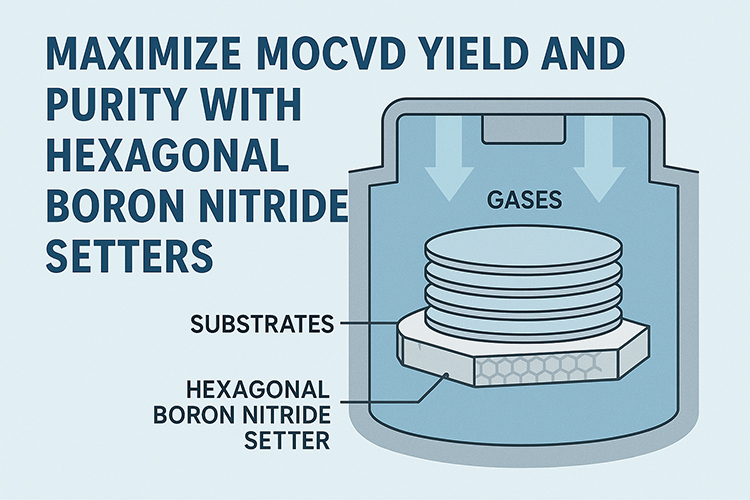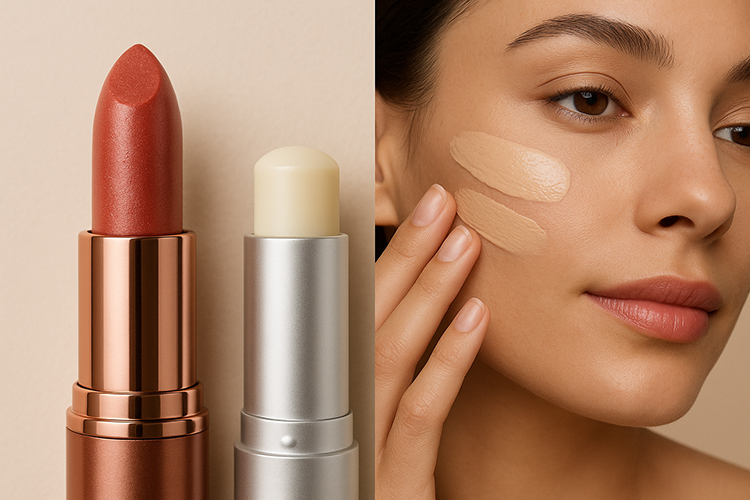Brighter, Better, Shinier: Polishing Powder and Its Many Uses
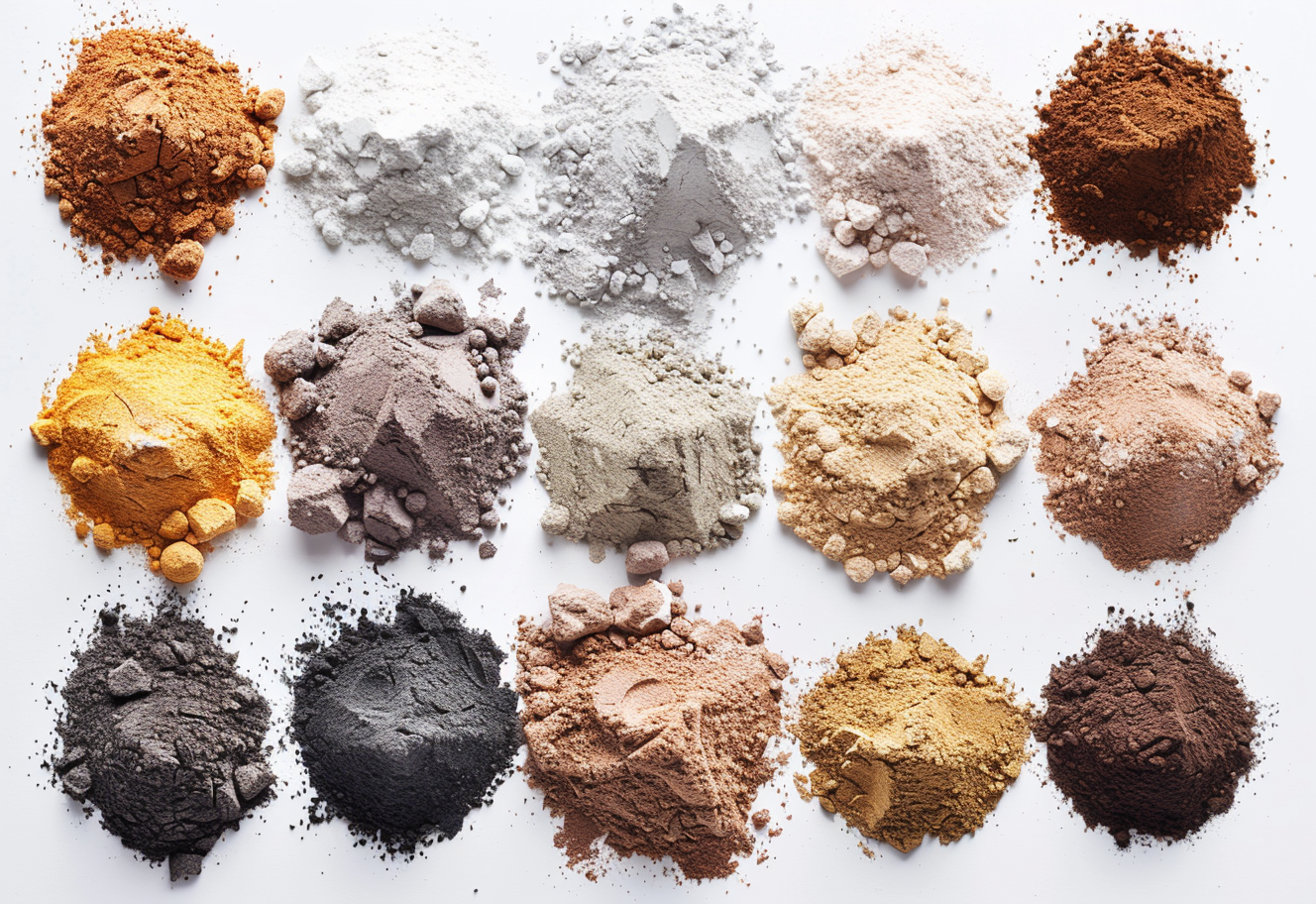
Introduction
Polishing plays a pivotal role across various industries, serving not just to enhance the aesthetic appeal of products but also to improve their functionality and longevity. This essential process, involving the smoothening of surfaces to achieve a mirror-like finish, is fundamental in manufacturing, automotive, jewelry, and electronics sectors, among others.
The key to effective polishing lies in the choice of polishing powder, a critical component that determines the quality of the finish. These powders, made from materials such as aluminum oxide, silicon carbide, and diamond, are selected based on the material being polished and the desired outcome. They work by removing microscopic layers from the surface, gradually refining it to achieve the intended level of shine and smoothness. In doing so, polishing powders not only improve the appearance of products but also enhance their resistance to wear and corrosion, underscoring their indispensable role in maintaining surface integrity and enhancing product value.
Types of Polishing Powders
The choice of polishing powder is paramount in achieving the desired finish on a surface. Various types of powders cater to different materials and applications, each with its unique properties.
Aluminum Oxide: Often used for its durability and hardness, aluminum oxide powder is ideal for polishing metals and woodworking. Its abrasive nature facilitates the smoothing and finishing process, making it versatile for a broad spectrum of applications.
Read more: Aluminum Oxide Polishing Powder for High-Quality Finishes
Diamond Powder: The unparalleled hardness of diamond powder makes it suitable for polishing gemstones and other hard surfaces. Its superior abrasive quality ensures a high-quality polish, unmatched by other materials.
Silicon Carbide: This powder is chosen for its effectiveness in polishing glass and ceramic materials. Silicon carbide's sharp and hard characteristics allow for efficient material removal, leading to a fine finish.
Cerium Oxide: Particularly valued in the optical and automotive industries, cerium oxide is used for polishing glass surfaces. Its ability to produce high-quality finishes is crucial for applications requiring clarity and precision.
Tin Oxide and Chromium Oxide: These powders are used for specific polishing applications, such as enhancing the shine of jewelry and stainless steel. Their fine abrasive properties yield exceptional finishes on particular materials.
Benefits of Using Polishing Powders
The use of polishing powders extends beyond merely improving the aesthetic appeal of surfaces. These finely milled materials offer several benefits that contribute to the functionality, durability, and longevity of the products they enhance:
Smoother Surfaces: Polishing powders are key to achieving ultra-smooth surfaces that are not only visually appealing but also less prone to accumulating dirt and grime. This smoothness is crucial for applications where minimal friction and resistance are desired.
Enhanced Durability: By removing imperfections and creating a more uniform surface, polishing powders can significantly increase the wear resistance of materials. This process can help extend the life of tools, components, and decorative items by making them more resistant to environmental and mechanical stresses.
Improved Product Performance: In many cases, the polishing process can enhance the performance of a product. For example, smoother surfaces on aerodynamic components can reduce drag, while polished semiconductor wafers can improve the efficiency of electronic devices.
Increased Corrosion Resistance: A polished surface has fewer pits and crevices where moisture and corrosive agents can accumulate, thereby increasing the material's resistance to corrosion and oxidation. This is particularly important for metals that are susceptible to rust and degradation.
Aesthetic Enhancement: The visual improvement that comes with polishing is undeniable. Whether it's jewelry, automotive parts, or architectural elements, a polished finish can transform the appearance of an item, making it more attractive and valuable.
Applications Across Industries
Polishing powders find their application across a myriad of industries, highlighting their versatility and critical role in enhancing both the aesthetic and functional qualities of various materials:
Automotive Industry: In the automotive sector, polishing powders are essential for achieving a high-gloss finish on car bodies, enhancing the vehicle's appearance and resistance to environmental factors. Additionally, they are used in polishing components like rims and exhausts, contributing to the overall durability and longevity of the parts.

Manufacturing and Metalworking: Polishing powders are indispensable in the manufacturing process, especially in metalworking, where they are used to finish and smooth tools, dies, and machine parts. This not only improves the components' appearance but also their functionality, reducing wear and extending their service life.
Jewelry Making: The jewelry industry relies heavily on various types of polishing powders to bring out the shine and luster in precious metals and gemstones. The right polishing powder can enhance the visual appeal of jewelry pieces, making them more desirable and valuable.
Electronics and Semiconductors: In the electronics industry, polishing powders are used in the production of semiconductor wafers and optical components. The process ensures the surfaces are smooth and defect-free, which is critical for the performance and efficiency of electronic devices.
Optical and Glass Industry: Cerium oxide and other polishing powders are widely used in the optical industry for polishing glass surfaces, including lenses, mirrors, and windows. This not only improves the clarity and transparency of glass products but also their resistance to scratching and degradation.
DIY and Home Improvement: Beyond industrial applications, polishing powders are also popular among enthusiasts and hobbyists for DIY projects and home improvement tasks. They are used to restore and maintain the shine of household items, automotive parts, and even to polish stones and metals for crafting.
{{item.content}}
LEVE A REPLY
{{item.children[0].content}}
{{item.content}}
LEAVE A REPLY
SUBSCRIBE OUR NEWSLETTER
- Boron Nitride in Cosmetics: Enhancing Performance and Sensory Appeal
- Maximize MOCVD Yield and Purity with Hexagonal Boron Nitride Setters
- What Are the Advantages and Uses of Boron Nitride Ceramic Sheet?
- The Compression Annealing Advantage for Pyrolytic Boron Nitride
- Beyond Insulation: The Surprising Spectrum of Ceramic Thermal Conductivity









